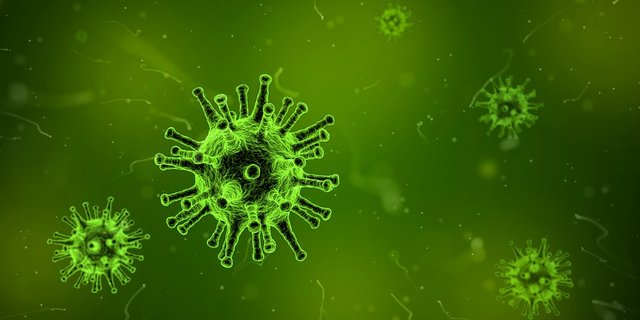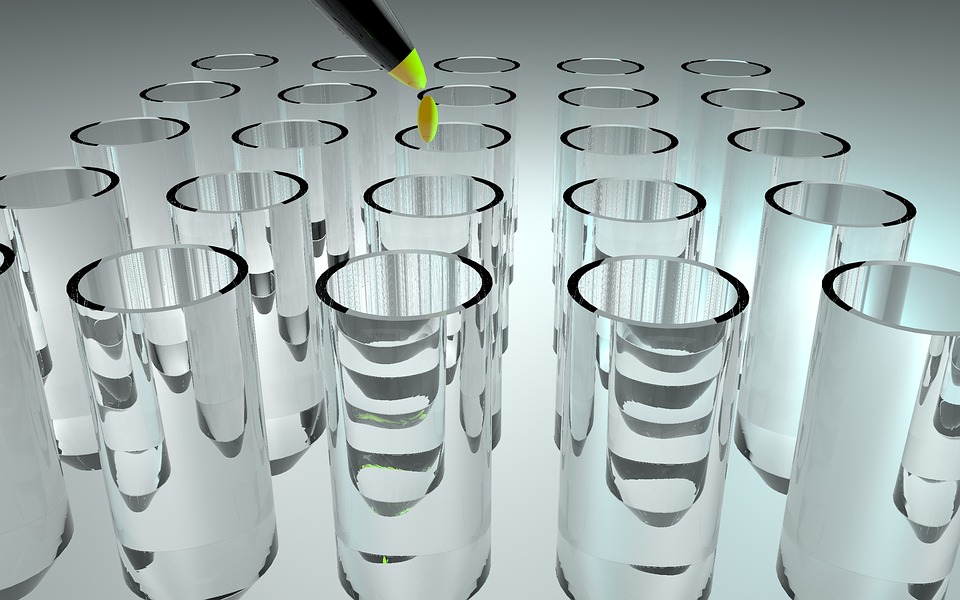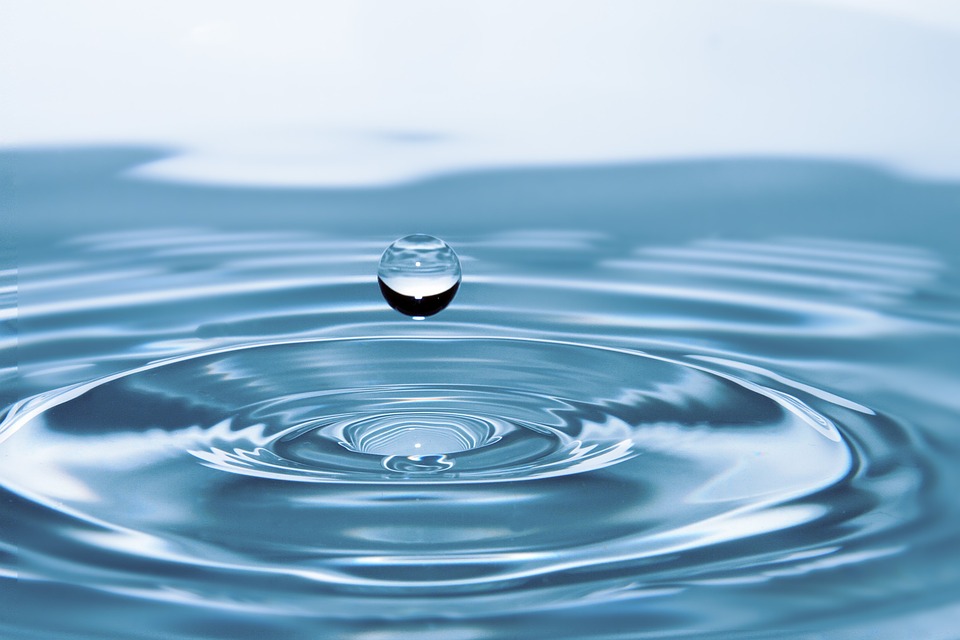Did You Know How The Methods To Control Of Microbes
Microbe is a microscopic organism, which may be single-celled or a cluster of cells.

Microorganisms are everywhere in our environment, and although we need not always be aware of their presence, there are times when we must try to diminish or even eliminate them. These situations include the use of chemicals for disinfection, especially in hospitals, and the protection of our food and water supplies.
Antiseptics, Disinfectants And Sterilization
We are all familiar with the practice of applying iodine, hydrogen peroxide, or alcohol to minor cuts in the skin, and we know the purpose of this: to prevent bacterial infection. The use of such chemicals does indeed destroy many harmful bacteria, although it has no effect on bacterial spores. The chemicals used to prevent infection may be called antiseptics or isinfectants. An antiseptic (anti = against; septic = infection) is a chemical that destroys bacteria or inhibits their growth on a living being.
The chemicals named above are antiseptics on skin surfaces. A disinfectant is a chemical that is used on inanimate objects. Chemicals with antibacterial effects may be further classified as bactericidal or bacteriostatic. Bactericides kill bacteria by disrupting important metabolic processes.Bacteriostatic chemicals do not destroy bacteria, but rather inhibit their reproduction and slow their growth. Alcohol, for example, is a bactericide that is both an antiseptic and a disinfectant, depending upon the particular surface on which it is used.
Some chemicals are not suitable for use on human skin because they are irritating or damaging, but they may be used on environmental surfaces as disinfectants. Bleach, such as Clorox, and cresols, such as Lysol, may be used in bathrooms, on floors or countertops, and even on dishes and eating utensils (if rinsed thoroughly). These bactericides will also destroy certain viruses, such as those that cause influenza. A dilute (10%) bleach solution will inactivate HIV, the virus that causes AIDS.
In hospitals, environmental surfaces are disinfected, but materials such as surgical instruments, sutures, and dressings must be sterilized. Sterilization is a process that destroys all living organisms. Most medical and laboratory products are sterilized by autoclaving. An autoclave is a chamber in which steam is generated under pressure. This pressurized steam penetrates the contents of the chamber and kills all microorganisms present, including bacterial spores.
Materials such as disposable plastics that might be damaged by autoclaving are often sterilized by exposure to ionizing radiation. Foods such as meats may also be sterilized by this method. Such food products have a very long shelf life (equivalent to canned food), and this procedure is used for preparing some military field rations.
Food
The safety of our food depends on a number of factors. Most cities have certain standards and practices that must be followed by supermarkets and restaurants, and inspections are conducted on a regular basis. Food companies prepare their products by using specific methods to prevent the growth of microorganisms.
Naturally, it is in the best interests of these companies to do so, for they would soon be out of business if their products made people ill. Also of importance is the willingness of companies to recall products that are only suspected of being contaminated. This is all to the benefit of consumers.
For example, since 1925 in the United States, only five fatal cases of botulism have been traced to commercially canned food. If we consider that billions of cans of food have been consumed during this time, we can appreciate the high standards the food industry has maintained.Milk and milk products provide ideal environments for the growth of bacteria because they contain both protein and sugar (lactose) as food sources. For this reason, milk must be pasteurized, that is, heated to 1450F (62.90C) for 30 minutes. Newer methods of pasteurization use higher temperatures for shorter periods of time, but the result is the same:
The pathogens that may be present in milk are killed, although not all bacteria are totally destroyed. Milk products such as cheese and ice cream are also pasteurized, or are made from pasteurized milk.
When a food-related outbreak of disease does take place, public health workers try to trace the outbreak to its source. This stops the immediate spread of disease by preventing access to the contaminated food, and the ensuing publicity on television or in the newspapers may help remind everyone of the need for careful monitoring of food preparation.
Water
When we turn on a faucet to get a glass of water, we usually do not wonder whether the water is safe to drink. It usually is. Having a reliable supply of clean drinking water depends on two things: diverting human sewage away from water supplies and chlorinating water intended for human consumption. Large cities have sewer systems for the collection of wastewater and its subsequent treatment in sewage plants.
Once treated, however, the sludge (solid, particulate matter) from these plants must be disposed of. This is becoming more of a problem simply because there is so much sewage sludge (because there are so many of us).
Although the sludge is largely free of pathogens, it ought not to be put in landfills, and because ocean dumping is being prohibited in many coastal areas, this is a problem that will be with us for along time.
You may now be wondering if all those bottled spring waters are safe to drink. The answer, in general, is yes, because the bottling companies do not wish to make people ill and put themselves out of business. Some bottled waters, however, do have higher mold spore counts than does chlorinated tap water. Usually these molds are not harmful when ingested; they are destroyed by the hydrochloric acid in gastric juice.
The World Health Organization (WHO) estimates that more than 2.5 billion people do not have basic sanitation, and more than 1 billion do not have dependable access to clean water to drink.
Emerging Diseases and Biological Weapons
The term emerging diseases may be a bit misleading, because some of the pathogens are not really new. What has happened is that we have become aware of them. A good example of this is Lyme disease. Lyme disease in the United States was named for the town in Connecticut where a cluster of cases was discovered in the 1970s.
When the causative bacteria were later found and the disease fully characterized, health officials realized that the disease had been described in Scandinavia in the early years of the 20th century. Lyme disease was not a new disease after all, merely a newly encountered disease for Americans.
Avian influenza A (H5N1) is truly an emerging disease. The virus is a natural parasite of wild birds and has infected domestic flocks in Asia, Europe, and Africa. Although not a frequent event, people have caught the virus from infected chickens or ducks, and the human mortality rate has been 50% (though with a relatively small number of cases, fewer than 500, this may not be accurate). The great concern is that the virus will mutate and become contagious for people, that is, easily transmissible from person to person.
By way of plane travel, the virus could be spread throughout the world in a matter of weeks. The avian flu virus H5N1 may never mutate into a “people” virus, but we have to be prepared for just that. As of 2006 have no vaccine for this virus (some are in the testing stages) and only one antiviral medication that is even somewhat effective.
Conclusion
However, this is by no means certain. It may be that milder cases of human avian flu have been over looked thus far, that H5N1 causes a wide spectrum of disease in people, from mild to fatal. It may even be possible that some human cases are asymptomatic (antibody studies would be needed to determine that). We have much to learn.
Source :
Antiseptics, Disinfectants And Sterilization




A disinfectant is a chemical that is used on inanimate objects sounds good to me.What a great way to control microbes.
here I explain more the way of anticipation of the existence of microbes. to control microbes exactly control of our food and water...but the ways to control specific about microbes maybe i will post next post...thanks and i appreciate for your question...
@reported has voted on behalf of @minnowpond. If you would like to recieve upvotes from minnowpond on all your posts, simply FOLLOW @minnowpond. To be Resteemed to 4k+ followers and upvoted heavier send 0.25SBD to @minnowpond with your posts url as the memo
@cmtzco has voted on behalf of @minnowpond. If you would like to recieve upvotes from minnowpond on all your posts, simply FOLLOW @minnowpond. To be Resteemed to 4k+ followers and upvoted heavier send 0.25SBD to @minnowpond with your posts url as the memo